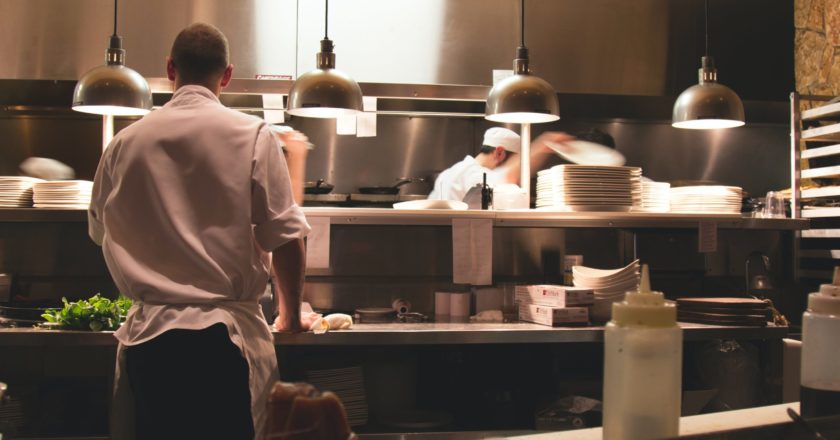It goes without saying that Covid-19 significantly impacted the restaurant industry. Thanks to new technologies and emerging trends, opening a commercial kitchen remains a viable and lucrative business venture. Studies show that over 60 percent of foodservice startups fail in the first year. As a newbie restaurateur, we want to help you avoid such a fate. We’ve provided three valuable tips to help you.
1. Secure restaurant financing.

There’s no gainsaying that growing businesses need money to scale their operations and increase their margins. Securing the required funds can be overwhelming for a newbie restaurateur. There exist two fundamental funding methods to help startups garner capital—debt financing and equity financing.
Debt financing involves using credit cards, bank loans, or personal loans from family and friends to finance a business. As a newbie restaurateur, debt financing helps you retain control over your foodservice business. Once you manage to offset the loan, your agreement with the lender ends. The downside to this financing method is that it’s predicated upon your future ability to pay back. Unfortunately, the future is largely uncertain.
Take, for example, the covid-19 pandemic that ravaged the global economy last year. Moreover, stricter lending standards have made debt financing a bit more challenging. Many growing businesses are turning their attention towards equity financing to secure funding. Equity financing involves raising capital by offering a percentage of your business to investors. As a newbie restaurateur, it’s best to seek a private equity firm or venture capital firm that provides private equity marketing services to invest in your startup. For one, it’s less stringent than an extensive IPO process. The upside to equity financing is that the investors bear all the risk.
2. Buy quality restaurant equipment.
Outfitting a restaurant is no easy feat in terms of the financial and labor implications. Restaurant equipment encompasses everything from cookware to smallware. When purchasing commercial kitchen supplies, you need to determine your restaurant’s needs and set a budget to cover the expenses.
As a newbie, it’s always best to work with an expert to determine the tools you need for the smooth running of your business. Your menu can also help you determine the type of equipment you’ll need. For instance, if pasta is on your menu list, you might have to include a colander on your equipment list.
A general rule of thumb is to buy smallware like pots, pans, spoons, stainless steel knives, and bowls. In addition, make sure you purchase essential cooking utensils like gas stoves, fryers, and food processors. To mitigate food wastage, you have to make provisions for food storage facilities like refrigeration equipment.
The acquisition of new restaurant equipment can significantly impact your finances. You don’t have to break the bank to get high-quality equipment for your commercial kitchen. To help minimize startup costs, consider leasing or purchasing used restaurant equipment. Today, you have access to a wide range of efficient and reliable second-hand equipment, thanks to the massive turnover in the foodservice industry. When buying used equipment for your foodservice startup, patronize reputable vendors that deal in quality products.
3. Hire competent staff.

Every commercial kitchen requires a team of competent personnel to function optimally and efficiently. That makes the hiring stage a critical aspect of your dining establishment. When it comes to hiring right, make sure you do job analysis and put out a detailed advert. Better yet, if you have the means, you can outsource your hiring needs to an employment agency to help you find the perfect fit.
Your restaurant will need a management team that comprises a general manager, kitchen manager, and front-of-house manager for starters. Your restaurant will also need chefs, line cooks, prep cooks, food runners, dishwashers, and bussers.
The trick in getting the best out of your staff is in operating a robust staff schedule. When it comes to staff schedules, it’s essential to strike a balance between work and other activities of daily living. Asides from work, your staff may be working additional jobs, going to school, or taking care of family.
You can leverage technology to manage your staff schedule efficiently. Some high-end solutions are designed to determine peak hours and downtime, enabling you to cut down on labor hours. Finally, make adequate provisions for incentives to boost employee loyalty and productivity.
